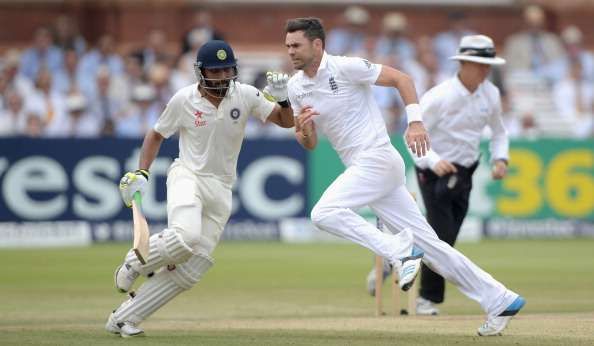
5 reasons why captains are reluctant to enforce the follow-on
“Leader, not follower”, read the Daily Mirror headline on 25th July 2016.
A day before, Alastair Cook opted not to enforce the follow-on despite a massive 391 run lead in the first innings. That too after bowling Pakistan out for a meagre 198 runs on day 3 of the second test at Old Trafford.
The decision straightaway created a divide in the cricketing circles. The move surprised many including Pakistan coach Mickey Arthur who was fully expecting Pakistan to be batting again immediately.
Michael Vaughan, the former England captain, was “absolutely staggered” by the decision who found it a waste of time, especially given the unpredictable Manchester weather. Shane Warne, the usual Cook critic, termed it as a “Surprising decision”. On the other hand, England assistant coach Paul Farbrace was in full support of Cook’s decision to not enforce the follow-on.
The unenforced follow-on, I must mention, added a bit of a spice to the game that was otherwise heading for a mundane finish. A possible English collapse or a gritty 10-hour innings by a Pakistan batsman or some blessings from rain gods would have made things pretty interesting.
But it wasn’t to be. Not only did England, who scored almost a run a ball 173 in the second innings, not collapse, but Pakistan collectively could not hold the fort for more than 70 overs and eventually lost the match by a whopping 330 runs on the fourth day.
Historically, there have been only three instances when the decision to enforce a follow-on has come back to haunt the enforcers. Australia was the victim on all three occasions: Sydney-1894 and Headingley-1981 versus England and, still fresh in the memory, Kolkata-2001 versus India.
So why is it then that the captains are hesitant to enforce the follow-on? It’s time to ponder.
To wear out the bowlers of the opposition

India played the first test at Trent Bridge, Nottingham on the English tour of July 2014. Though it was a draw, this test, according to many, set up the famous victory at Lord’s test that started four days later.
India batted a total of 284 overs, 161 overs in the first innings and 123 overs in the second, for about 20 hours. The draw was inevitable. But instead of giving England any chance to bat in the second innings, India kept on batting as much as possible to severely wear out the English bowlers.
So much so that Alastair Cook, who impersonated legendary Bob Willis during that spell much to the amusement of spectators, had to bring himself on to bowl. With little time to recover, and due to the brilliant overall performance by India, England lost the next test by 95 runs at Lord’s giving India its first win in 28 years at this venue.
As much as it is important to save your own bowlers the strategy has become to wear out the opposition’s bowlers. Thus, when England saw the opportunity, they grabbed it by not enforcing the follow-on.
The game is being played as much on the field as off it, isn’t it?
